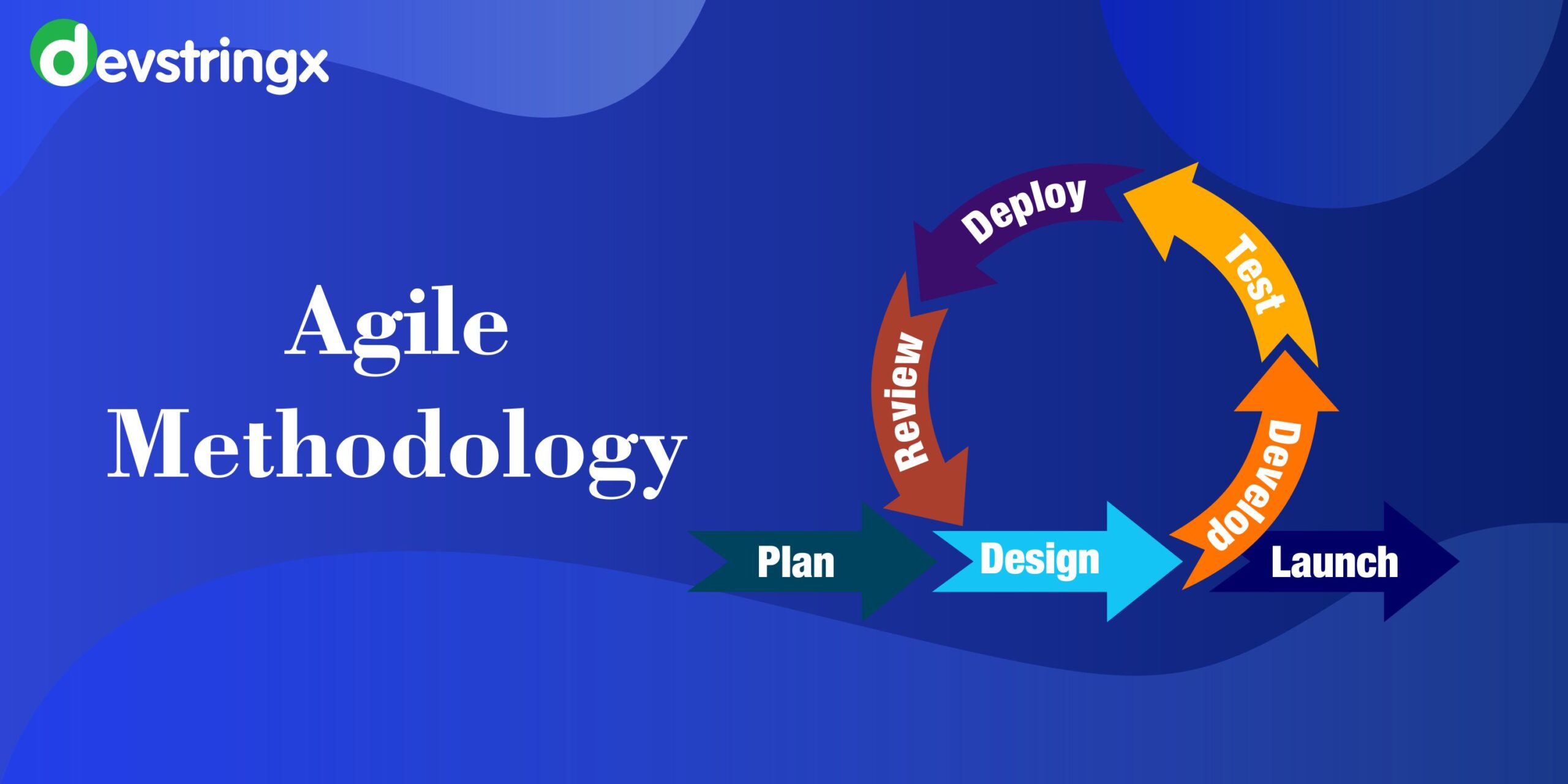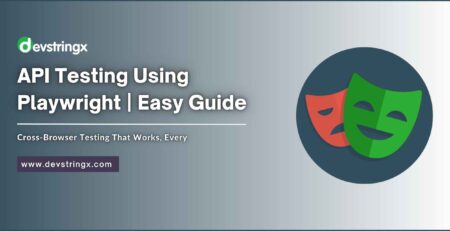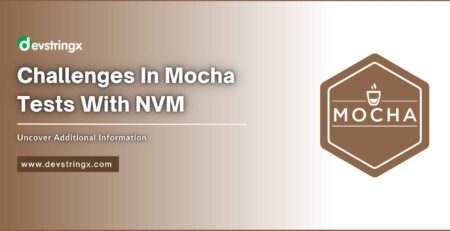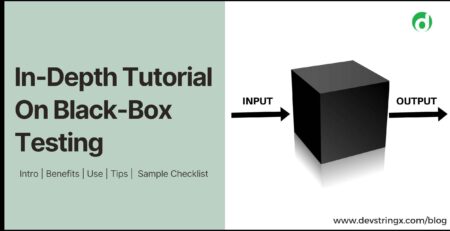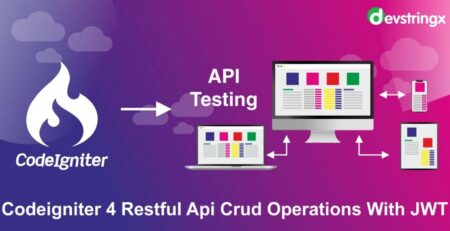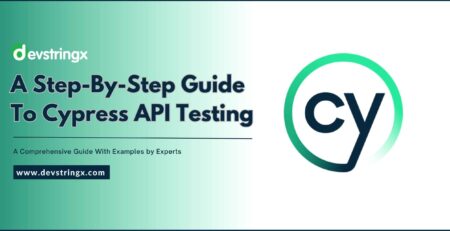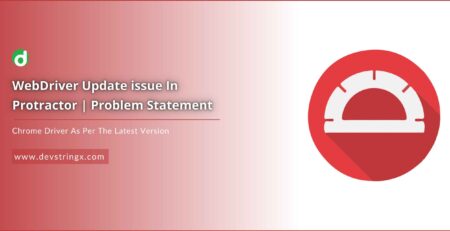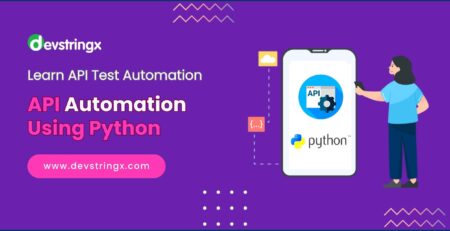What is Agile Methodology? | Overview on Agile & Scrum Framework – Devstringx
Agile Methodology
Agile is an iterative (repetitive) and Incremental (add-on) process used to build software.
Phases in the Agile Model
- Requirement Analysis: In this phase, you must define the requirements. You should explain business opportunities and plan the time and effort needed to build the project.
- Design: In this phase, the requirements are converted into plans or blueprints.
- Developing: In this phase, the developers convert the design into an executable format.
- Testing: In this phase, the QA/test engineers verify and validate the developed software to ensure it is error-free and meets the customer’s requirements.
- Installation: Once the software is developed and tested, the software is installed in the client environment.
- Maintenance: In this phase, changes to the existing software can be made and the bugs reported by the customers can also be fixed.
Advantages of the Agile Model
- Releases are done very fast.
- Maintains good communication between the team.
- Efficient design and fulfills the business requirement.
- Changes are acceptable at any phase.
- It reduces the total time consumption.
Disadvantages of the Agile Model
- The only disadvantage of the agile model is it is less focused on design and documentation.
There are a few frameworks that use agile and out of which few are very popularly used in most organizations which are Scrum, Kanban & Lean.
SCRUM
It is a framework that uses agile principles to build software/products. It is the most popular and widely used agile framework.
- Scrum Team: It is a team that consists of product-owner, scrum master, Developers, and QA.
- Product Owner: An individual who directly interacts with the client/customer and documents the requirements as per the client/customer.
- Scrum Master: An individual who facilitates and drives the agile process.
- Developers: It is a group of individuals who mainly focus on coding /developing the software as per the client’s requirements.
- QA/Test Engineers: It is a group of individuals who mainly focus on testing the software developed by developers and reporting the bugs in it to maintain the quality of the software.
Read Also:- Use Cucumber Automation Testing Tool
Scrum Terminologies
- User Story: A feature/module in the software.
- Epic: It’s a collection of user stories.
- Sprint: It is the span of time assigned to complete a particular user story.
- Product Backlog: It is a document that contains a list of user stories prepared at the beginning phase of the software.
- Sprint Backlog: List of stories committed by the Developer/QA for the specific sprint.
- Story Point: Rough estimation of user stories given to developer/QA in the form of the Fibonacci series.
- Burn-down Chart: It’s a chart that shows how much work remains in the sprint maintained by the scrum master daily.
- Sprint Planning Meeting: It is a meeting conducted within the scrum team to define what can be delivered in a particular sprint.
- Scrum Meeting: It is a meeting conducted by the scrum master every day to track the status/progress of the team and help them out if they are blocked to maintain the agile process.
- Sprint Review Meeting: It is a meeting organized to check the goals achieved/not achieved after every sprint and the reason behind them.
- Sprint Retrospective Meeting: It is a meeting conducted once after the completion of a particular sprint and it is discussed what went well what went wrong in the particular sprint and what improvements can be done in the next sprint.
Read Also:- Learn About API testing with REST Assured
Kanban
Kanban is an agile methodology framework for defining, managing and improving services that deliver workflow knowledge. It aims to help you visualize your work, maximize efficiency, and to improve continuously.
Lean
Lean agile is a development method that helps teams to identify the waste and refine the processes. It helps in improving efficiency and continuous improvement by eliminating unnecessary meetings/tasks/documentation.

